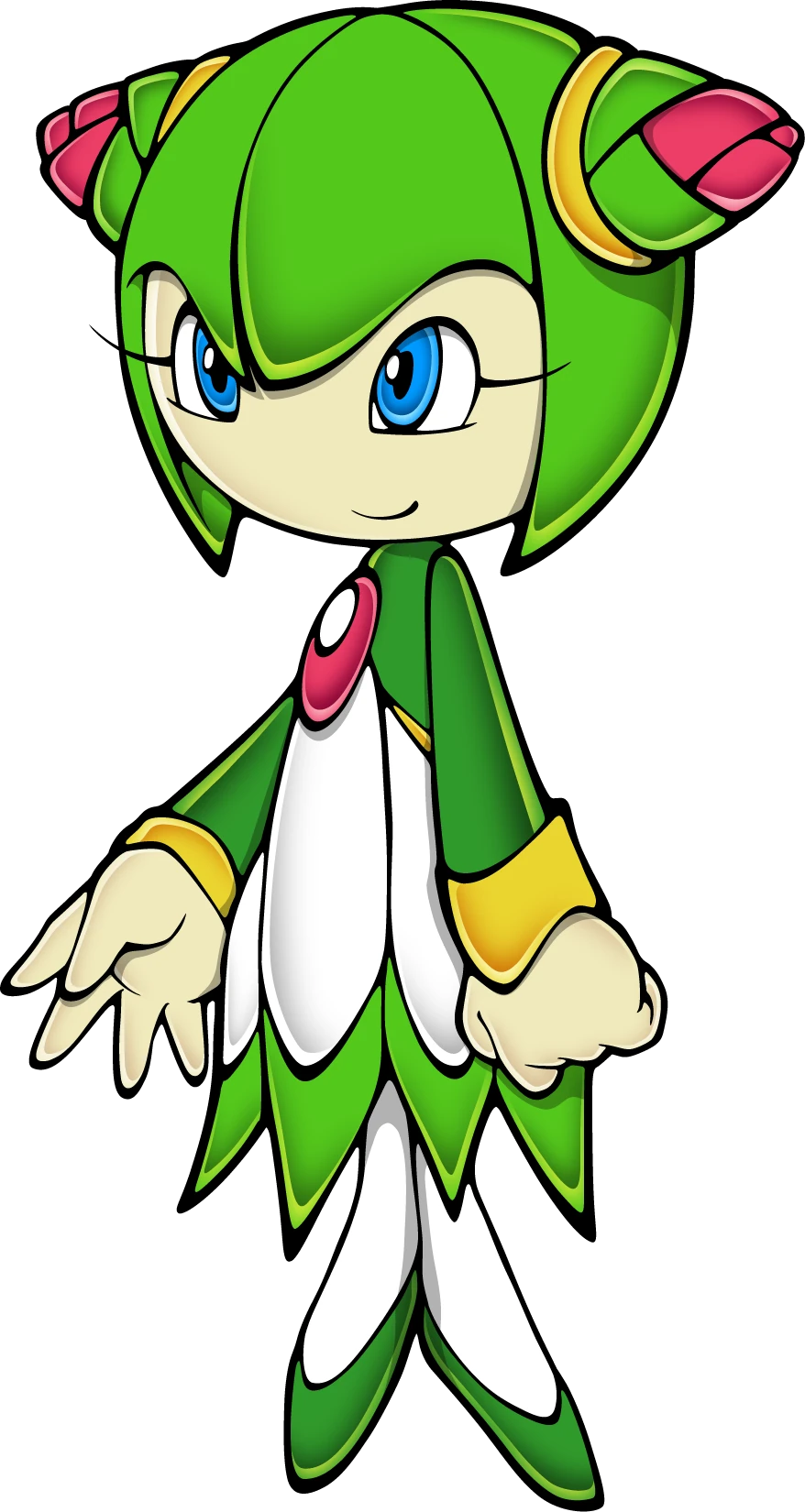Triton and Charon are both moons, with Triton being larger and orbiting Neptune, while Charon is Pluto’s largest moon. When it comes to comparing Triton and Charon, their composition, size, and geological features differ significantly.
Triton is the seventh-largest moon in the solar system and has a nitrogen-rich atmosphere, while Charon is relatively smaller and lacks a substantial atmosphere. Triton shows evidence of cryovolcanism, with active geysers, while Charon’s surface is more heavily cratered. The two moons provide valuable insights into the diversity of icy celestial bodies in our solar system.
Comparing Triton and Charon reveals the unique characteristics and geological processes at work on these fascinating moons.
Physical Characteristics
Triton and Charon are two fascinating moons in our solar system with distinct physical characteristics.
Size And Composition
Size: Triton is Neptune’s largest moon with a diameter of 1,680 miles while Charon is Pluto’s largest moon with a diameter of 751 miles.
Composition: Triton is composed of a mix of ices and rocky material, whereas Charon is mainly made of water ice and rocks.
Surface Features
Triton:
- Cryovolcanoes: Triton has active cryovolcanoes that spew a mixture of water, ammonia, and nitrogen.
- Geysers: Geysers on Triton’s surface shoot out nitrogen gas into space.
Charon:
- Canyons and valleys: Charon’s surface features deep canyons and valleys indicating past geological activity.
- Dark regions: Charon has dark regions which are thought to be caused by complex organic compounds.

Credit: objectshowfanonpedia.fandom.com
Orbital Dynamics
Triton and Charon have unique orbital dynamics in the vast expanse of our solar system. Triton, Neptune’s largest moon, exhibits a retrograde orbit, moving in the opposite direction of the planet’s rotation. Charon, Pluto’s largest moon, shares a synchronous orbit with the dwarf planet, always keeping the same face towards each other. Both moons’ rotations are tidally locked to their parent bodies.
Triton interacts gravitationally with Neptune, causing tidal forces that lead to surface fractures and cryovolcanism. Charon influences Pluto, creating a barycenter outside Pluto’s surface. These interactions impact the moons’ orbits and rotations, shaping their physical features over millions of years.
Atmospheres
When comparing two of the largest moons in the solar system, Triton and Charon, one significant aspect to consider is their atmospheres. Both moons have distinct qualities in terms of their presence and composition, as well as their effects on the surface.
Presence And Composition
Triton, the largest moon of Neptune, has a very thin atmosphere mainly composed of nitrogen and a small amount of methane. On the other hand, Charon, the largest moon of Pluto, has a tenuous atmosphere consisting of nitrogen and small amounts of methane and carbon monoxide.
Effects On Surface
The presence of atmospheres on Triton and Charon leads to unique surface effects. Triton’s atmosphere causes a pinkish hue due to interactions with solar ultraviolet radiation, while Charon’s thin atmosphere hasn’t been observed to significantly affect its surface coloration.
Potential For Life
Exploring the potential for life on celestial bodies within our solar system is an exciting endeavor. Two intriguing candidates for habitability are Triton and Charon, moons of Neptune and Pluto respectively. In this article, we will examine the conditions for habitability on these moons and delve into the research and exploration efforts dedicated to uncovering their secrets.
The possibility of life existing on Triton and Charon largely depends on the availability of suitable conditions. Let’s take a closer look at the factors that contribute to their potential for habitability:
- Distance from the Sun: Both Triton and Charon reside far from the Sun, resulting in extreme cold temperatures. The extreme conditions challenge the existence of life as we know it.
- Presence of Water: Water is a primary requirement for life. While Triton is believed to have a subsurface ocean of liquid water, Charon’s water content remains uncertain.
- Atmosphere: The presence of a stable atmosphere is crucial for maintaining environmental conditions suitable for life. Triton’s thin atmosphere consists mainly of nitrogen, but it is not conducive to supporting life. Charon, on the other hand, has a tenuous atmosphere composed of methane and nitrogen, but its suitability for life remains uncertain.
Understanding the potential for life on Triton and Charon requires extensive research and exploration. Here are some notable efforts dedicated to studying these moons:
- Missions: NASA’s New Horizons mission provided valuable insights into Charon when it conducted a flyby in 2015. The data collected provided scientists with a better understanding of its geology and composition.
- Observations: Astronomers continue to observe and analyze Triton and Charon using ground-based telescopes and space-based observatories. These observations contribute to our understanding of their surfaces, atmospheres, and potential for life.
- Future Missions: Proposed missions aim to further explore Triton and Charon. These missions include spacecraft that would fly past Triton to gather detailed data about its composition and potential habitability.
The quest for understanding the potential for life on Triton and Charon is ongoing. As our knowledge grows, we inch closer to uncovering the mysteries of these fascinating moons and their likelihood of supporting life.
Scientific Significance
Delve into scientific significance by comparing Triton and Charon, two intriguing celestial bodies in our solar system. Discover the unique features and characteristics that make them stand out in the realm of planetary exploration.
The study of celestial objects within our solar system deepens our understanding of how these bodies were formed and how our solar system has evolved over time. In this regard, the comparison between Triton and Charon holds immense scientific significance, offering key insights into planetary formation and shedding light on the evolution of our solar system.
Relevance To Planetary Formation
The comparison between Triton and Charon provides valuable data and findings that contribute to our understanding of the processes involved in planetary formation. Both these bodies are moons of larger planets (Triton orbits Neptune and Charon orbits Pluto), making them excellent subjects for studying the formation of satellite systems.
Scientists theorize that both Triton and Charon were moonlets or smaller objects that were eventually captured by the gravitational pull of their host planets. By examining their compositions, structures, and orbital characteristics, scientists can gain insights into the mechanisms that led to the formation of these moons. This research informs our understanding of how other moons in our solar system and even exomoons beyond our system could have come into existence.
Insights Into Solar System Evolution
Studying the properties of Triton and Charon also offers valuable insights into the evolution of our solar system. By comparing the geological features, surface compositions, and other characteristics of these two bodies, scientists can piece together a more comprehensive picture of the events that have shaped our solar system over billions of years.
For instance, the presence of cryovolcanism on Triton and Charon suggests that these moons underwent significant geological activity in their past. By analyzing the types and ages of geological formations, scientists can infer the conditions under which these activities occurred and how they have impacted the overall development of the moons and their parent planets.
Furthermore, studying the interaction between these moons and their host planets provides valuable information about the dynamics of the solar system. For example, the gravitational interactions between Triton and Neptune are believed to have caused significant orbital evolution for both bodies. By modeling and analyzing these interactions, scientists can deepen their understanding of how similar processes have influenced the orbits and positions of other celestial objects within our solar system.
In conclusion, the Triton vs Charon comparison has immense scientific significance. It contributes to our knowledge of planetary formation and provides essential insights into the evolution of our solar system. By studying these two celestial bodies, scientists can expand our understanding of the processes that shape the universe we inhabit.

Credit: scratchpad.fandom.com
Future Missions
Future missions to Triton and Charon hold great promise for expanding our knowledge of these distant worlds and unlocking the secrets of the outer reaches of our solar system. As we embark on these upcoming spacecraft visits, the scientific community eagerly anticipates remarkable discoveries that will shed light on the unique characteristics of these enigmatic moons.
Upcoming Spacecraft Visits
NASA’s New Horizons spacecraft is set to make a historic flyby of Triton, the largest moon of Neptune, offering a close-up view of its terrain and atmosphere. Simultaneously, the possibility of a dedicated mission to explore Charon, Pluto’s largest moon, is being discussed within the scientific community.
Objectives And Expectations
The primary objective of the upcoming spacecraft visits is to capture high-resolution images and gather valuable data on the surface composition, geological features, and potential signs of activity or subsurface oceans on Triton and Charon. Scientists hope to gain insights into the geological processes that have shaped these moons and determine their atmospheric properties.

Credit: oldworldgods.com
Frequently Asked Questions On Triton Vs Charon
Is Triton Bigger Than Charon?
No, Triton is not bigger than Charon. Charon, the moon of Pluto, is larger in size than Triton, the moon of Neptune.
What Is The Surface Temperature Of Triton?
Triton’s surface temperature is extremely cold, averaging around -391 degrees Fahrenheit (-235 degrees Celsius). This makes it one of the coldest objects in our solar system.
How Was Charon Discovered?
Charon was discovered in 1978 by astronomer James Christy. He noticed a bulge in Pluto’s image, which turned out to be Charon orbiting around Pluto as a moon.
What Is The Composition Of Triton’s Atmosphere?
Triton’s atmosphere mainly consists of nitrogen, similar to Earth’s atmosphere. It also contains small amounts of methane and carbon monoxide, making it a unique and fascinating composition.
Conclusion
Both Triton and Charon offer unique features and characteristics that make them captivating celestial bodies to study. Whether it’s Triton’s complex and diverse geological features or Charon’s intriguing dark spots, both moons have much to reveal about the outer reaches of our solar system.
As scientists continue to study and analyze data collected from these moons, we can look forward to gaining a deeper understanding of the mysteries they hold.


